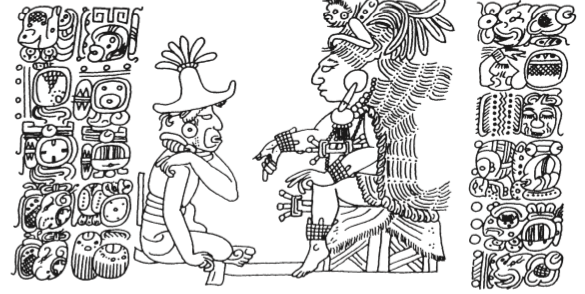Welcome to our newsletter, dear readers.
We present this month both an article by Ananda Coomaraswamy and an introduction to his life and work by Harry Oldmeadow.
In “Ornament”, Coomaraswamy explains the basics of art in traditional cultures, with a lively comparison to some of the assumptions of modern art.
To explain the nature of primitive or folk art, or, to speak more accurately, of any traditional art, by an assumption of “decorative instincts” or “aesthetic purposes” is a pathetic fallacy, a deceptive projection of our own mentality upon another ground… The traditional artist no more regarded his work with our romantic eyes than he was “fond of nature” in our sentimental way.
• Oldmeadow’s introductory essay sketches Coomaraswamy’s life, his main concerns and themes, including his relation to other scholars and authors.
Coomaraswamy’s later writings demand close attention from anyone seriously interested in the subjects about which he wrote. There is no finer exegesis of traditional Indian metaphysics than is to be found in Coomaraswamy’s later works… All his mature work is stamped with rare scholarship, elegant expression and a depth of understanding which makes most of the other scholarly work on the same subjects look vapid and superficial.
• Finally we have an article about the “keepers of collective memory” in the pre-Hispanic religion in the Americas, the men and women who were referred to as itz’aat, in Classic Maya inscriptions, and tlamatini in Nahuatl documents from early colonial central Mexico.
Maya depiction of the itz’aat. Drawing by D. Graña-Behrens.These persons were engaged with religious tasks, teaching, sorcery, and writing and record keeping. There are minor differences… whereas in the Maya case persons with artistic skills like master painters or sculptors were also considered “wise ones” and keepers of the community knowledge, we do not find this in central Mexico…. Although responsible for the holy books, in Aztec society the tlamatini was not an active master painter or carver.




